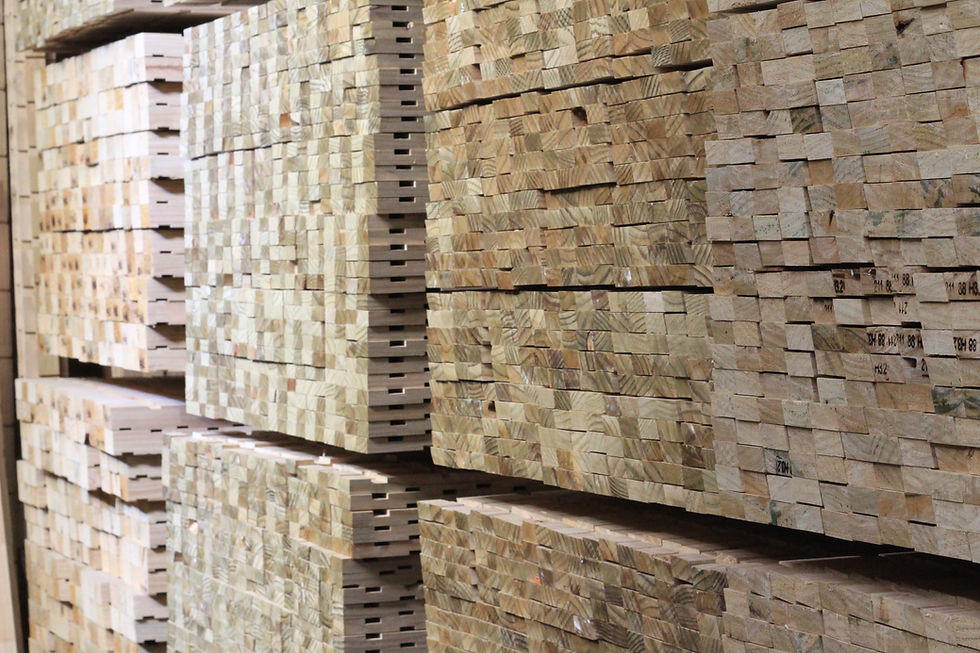
Product Details
Our Ezybatten range is designed to be compatible with most vertical cladding systems to increase ventilation in your cavity.
By improving the airflow and allowing water to drain away, Ezybatten improves the longevity and durability of your cladding and framing
We supply our batten in a variety of treatments. Knowing which treatment is suitable for your cladding and appropriate fixings is key to ensuring the success of your cavity system. Certain Situations may change the fixing required so be sure to refer treatment reference materials
Cladding Compatibility
Timber, Aluminum, Coloursteel
Timber, Aluminum*, Coloursteel*
Timber
Fixings
Galv, Stainless, Silicon Bronze
Galv*, Stainless, Silicon Bronze
Galv, Stainless steel
*certain areas and applications govern the use of certain fixings. Click on 'MCA' to view details
Storage of Batten
All batten must be stored in a dry area and kept dry at all times. Failure to do so before installation could result in premature corrosion of fixings potentially reducing the expected lifespan of your cladding system. At time of install the batten should not exceed 18% moisture content. All of our batten is kiln Dried and will normally sit between 11-16% moisture content dependant on treatment type. Details for moisture content and measuring onsite can be found in this BRANZ bulletin Measuring moisture in timber and concrete
Specifying Batten for your build
As per E2/AS1 Cavity Battens must:
-
Have a minimum nominal of 20mm stand off (between limits of 18mm and 25mm in thickness). We Also provide larger profiles to meet any unique applications specified by your Architect, Designer or Cladding Supplier
-
Be at least the same width as the stud
-
Be fixed by the cladding fixings, through the building underlay into the framing. Battens can be fixed to the studs prior to the Cladding being installed
-
Comply with the durability requirements of B2/AS1 and, if timber, comply with NZS3602.
-
Cavity Battens must be minimum treatment of H3.1
-
Please refer to our fixing details for reference on batten placement
-
Enquire with your Designer, Architect, Builder or Cladding Supplier to ensure you are using the correct batten to suit your application
Limitations of use
Drained and vented cavities are an important component of weathertight construction to improve longevity and the health of a building. Their proper construction is important to guard against the effects of leaking. The cavity is intended as back-up protection if water leaks past the cladding. Further information of the following information is outlined in Constructing cavities for wall claddings by the Department of Building and Housing
20mm batten should not be used in place of any structural bracing for the framing of the building, and all weatherboard must be fixed through the batten into the frame of the building with a penetration of at least 35mm into the structural frame. Further details here.
When cutting down H3.1 LOSP battens, untreated timber may be exposed and cut ends must be treated before installation. Treatment is not required after cutting if H3.2 treatments are being used
If a copper-based timber treatment is used (MCA/CCA), the batten must not be in contact with profiled metal wall claddings as this may lead to corrosion of the cladding. In these situations, place a separating layer between the batten and the cladding, such as, a wall underlay, pre-priming of the cavity batten or factory painting of the metal cladding (except in ‘seaspray’ and ‘zone 1’ corrosion zones) Further details can be found in the E2/AS1
Health and Safety
Hazards
Dust can be an inhalation risk on any job site. Take care and wear a mask or respirator when cutting our batten
Chemical Treatments are present in all of our batten to improve the longevity of the timber. Some of the chemicals in these treatment can have impact on your health if precautions are not taken. Wear Breathing protection when cutting and wear gloves when handling. Click the links for the following MSDS's for the treatments we use
Handling of large quantities of batten can cause harm to your back. Be sure to use a correct lifting method and handle only one bundle at a time when moving batten by hand onsite.
Fire is a hazard for timber on any jobsite. Be sure to keep naked flames away from stored or installed batten, especially when creating dust while cutting.
Our building products are not subject to a warning or ban under section 26 of the Building Act
